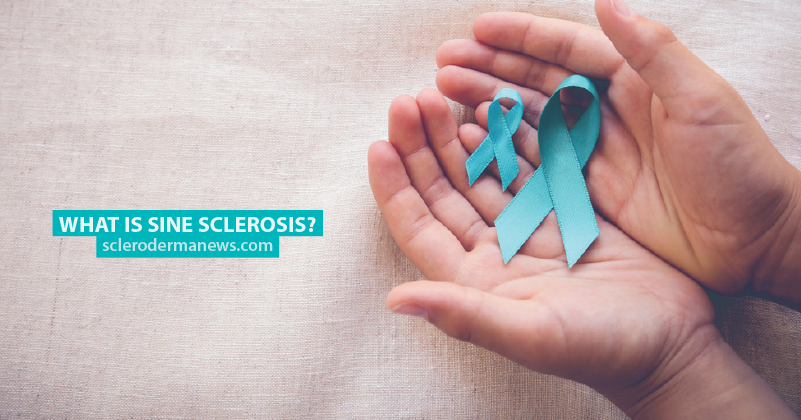What Is Sine Sclerosis?
Written by |

Sine sclerosis, which is also known as sine scleroderma or systemic sclerosis sine scleroderma (ssSSc), is an extremely rare type of scleroderma.
MORE: Research is the focus of Rare Disease Day 2017
Unlike “regular” scleroderma, in sine sclerosis the buildup of fibrosis occurs not on the skin but in one or more internal organs, which may also be affected by Raynaud’s phenomenon. This excess of tissue is most common around problem areas like the heart, parts of the respiratory system and the kidneys. That means that this type of scleroderma is much harder to diagnose as it’s not visible to the naked eye.
MORE: Learn more about limited systemic scleroderma.
Look out for signs that are centered around the organs affected, including heartburn, difficulty swallowing, shortness of breath, intestinal problem and kidney problems, among others.
While there’s currently no known treatment for the origin of the disease (the overproduction of collagen), there are several treatments that may help manage the symptoms. Any treatment plan will need to be monitored by a team of specialists.
MORE: Many scleroderma patients needing kidney transplants do well, study finds
Scleroderma News is strictly a news and information website about the disease. It does not provide medical advice, diagnosis or treatment. This content is not intended to be a substitute for professional medical advice, diagnosis, or treatment. Always seek the advice of your physician or other qualified health provider with any questions you may have regarding a medical condition. Never disregard professional medical advice or delay in seeking it because of something you have read on this website.





